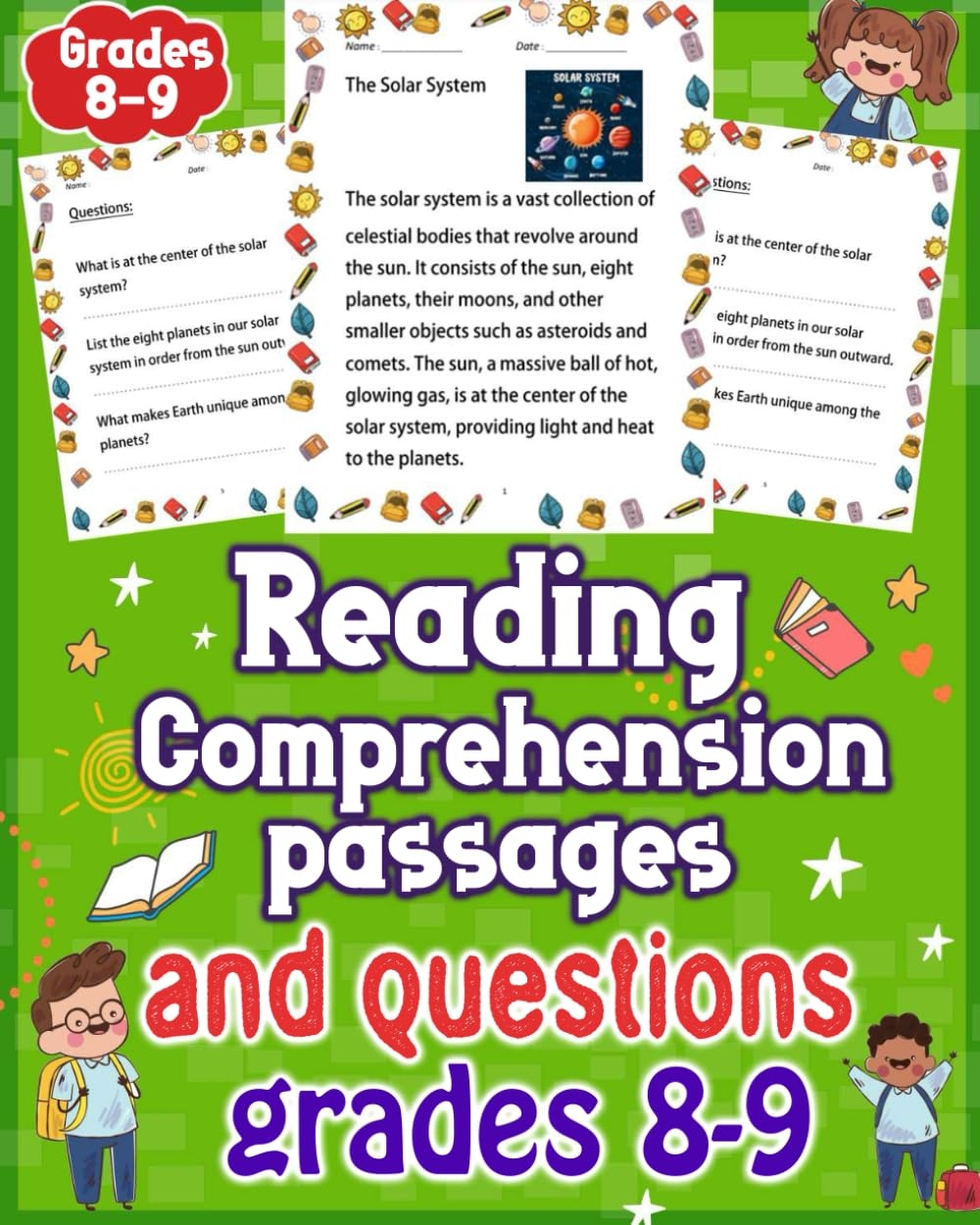Reading comprehension is an essential skill that helps individuals understand and interpret written texts. One effective way to enhance reading comprehension is by asking questions that encourage critical thinking and deeper understanding of the material. Below is a list of reading comprehension questions that can be used to guide readers through a text and help them engage with the material on a deeper level.
These questions can be used by teachers in the classroom, tutors working with students, or individuals looking to improve their own reading comprehension skills. By asking these questions, readers can better understand the main ideas, themes, and details of a text, as well as make connections and draw conclusions based on the information presented.
List of Reading Comprehension Questions:
- What is the main idea of the text?
- What are the key details that support the main idea?
- What is the author’s purpose in writing this text?
- What are the main themes or messages in the text?
- How does the author use language and tone to convey their message?
Asking these questions while reading can help readers engage with the material on a deeper level and make connections between ideas presented in the text. By actively questioning and reflecting on the content, readers can improve their understanding and retention of the material, as well as develop critical thinking skills.
Additionally, these questions can be used to facilitate discussions in a classroom setting or book club, allowing for a deeper exploration of the text and different perspectives on the material. By encouraging readers to think critically and engage with the text through these questions, educators can help students develop essential reading comprehension skills that are crucial for academic success.
In conclusion, reading comprehension questions are a valuable tool for enhancing understanding and critical thinking skills. By asking questions that prompt readers to analyze and reflect on the material, individuals can deepen their comprehension of the text and make meaningful connections between ideas. Whether used in a classroom setting or for self-study, these questions can help readers engage with texts in a more thoughtful and deliberate way.
